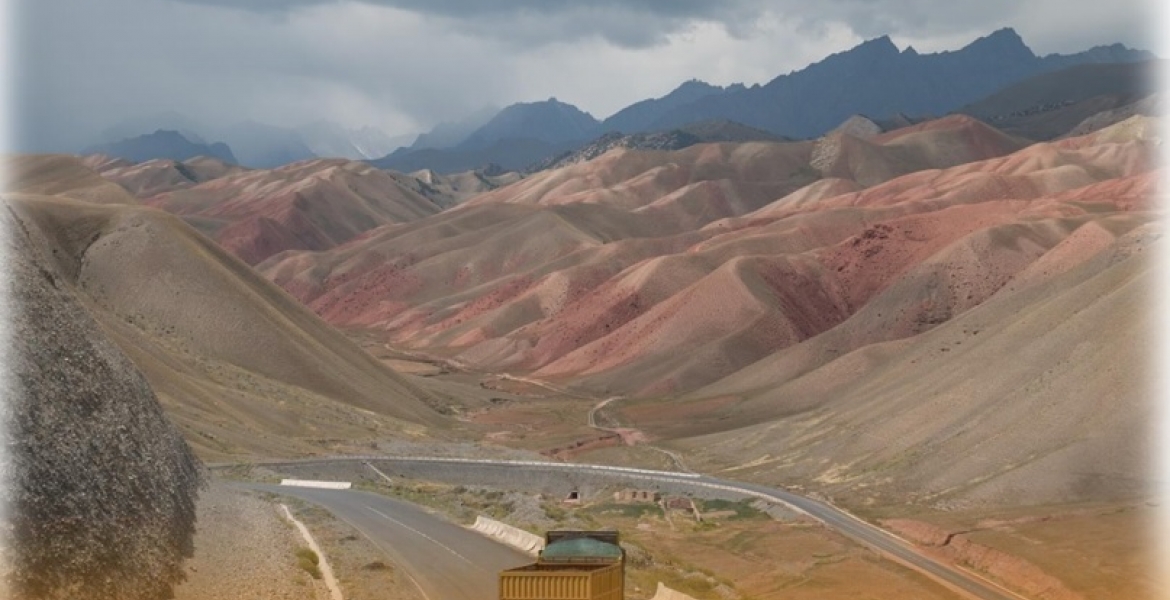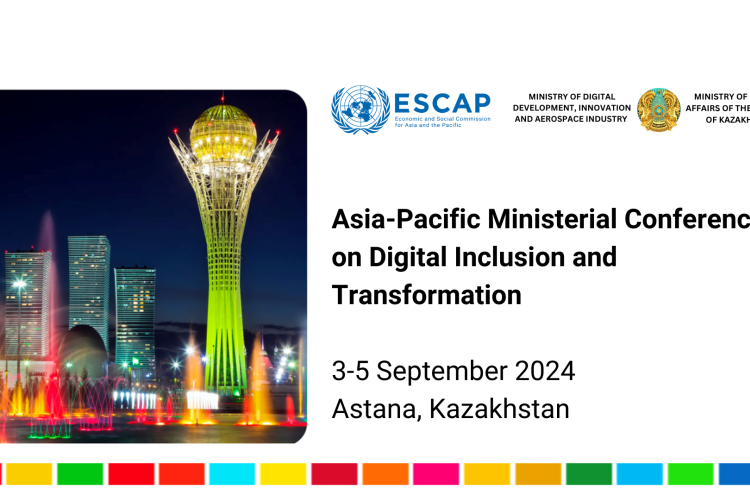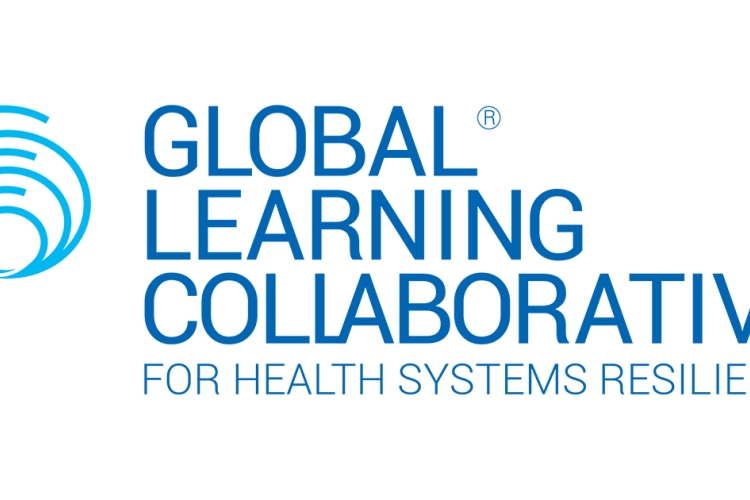Multi-Hazard Risk to Exposed Stock and Critical Infrastructure in Central Asia
The 2030 Agenda for Sustainable Development recognizes that natural disasters can be an impediment to realizing the development goals. Earthquakes, landslides, floods, and droughts have detrimental impacts on overall country macroeconomic factors and further disproportionately affect the poor and marginalized groups. Therefore, it is imperative to develop multi-hazard assessments that address and map both physical and social vulnerabilities.
The Eleventh Tranche of the Development Account Project aims to address the transboundary dimensions of the 2030 Agenda in Central and East Asia through regional economic cooperation and integration in Asia and the Pacific, particularly focusing on transport, connectivity and energy sectors. Recognizing that hazards and disasters present complex, transboundary challenges and vulnerabilities to these sectors, this the project will aim to demonstrate areas of risk hotspots in Central Asia (Kazakhstan and Kyrgyzstan) and East Asia (Mongolia) that may require additional risk informed investments in transboundary infrastructure development. In the sub-region, this will be key to achieving the SDGs and to ensure that poor and vulnerable people are not left behind.
In line with the objectives of the Regional Economic Cooperation and Integration in Asia and the Pacific (RECI), this report will give special focus on SDG Target 9.1: Develop quality, reliable, sustainable and resilient infrastructure, including regional and trans-border infrastructure, to support economic development and human well-being. The report also gives particular focus to Target 11.5- to substantially decrease the direct economic losses relative to global and gross domestic product caused by disasters with a focus on protecting the poor and people in vulnerable situations. The report therefore, develops multi-hazard disaster risk assessment for the three target countries that not only take into account historical but also future damage and loss. For one pilot country (Kazakhstan) the report provides a probabilistic multi-hazard annual average loss to show where disaster risk needs to be built into planning for resilient infrastructure and support stronger connectivity for socioeconomic development.
For the full report, please visit: https://www.unescap.org/resources/multi-hazard-risk-exposed-stock-and-critical-infrastructure-central-asia






